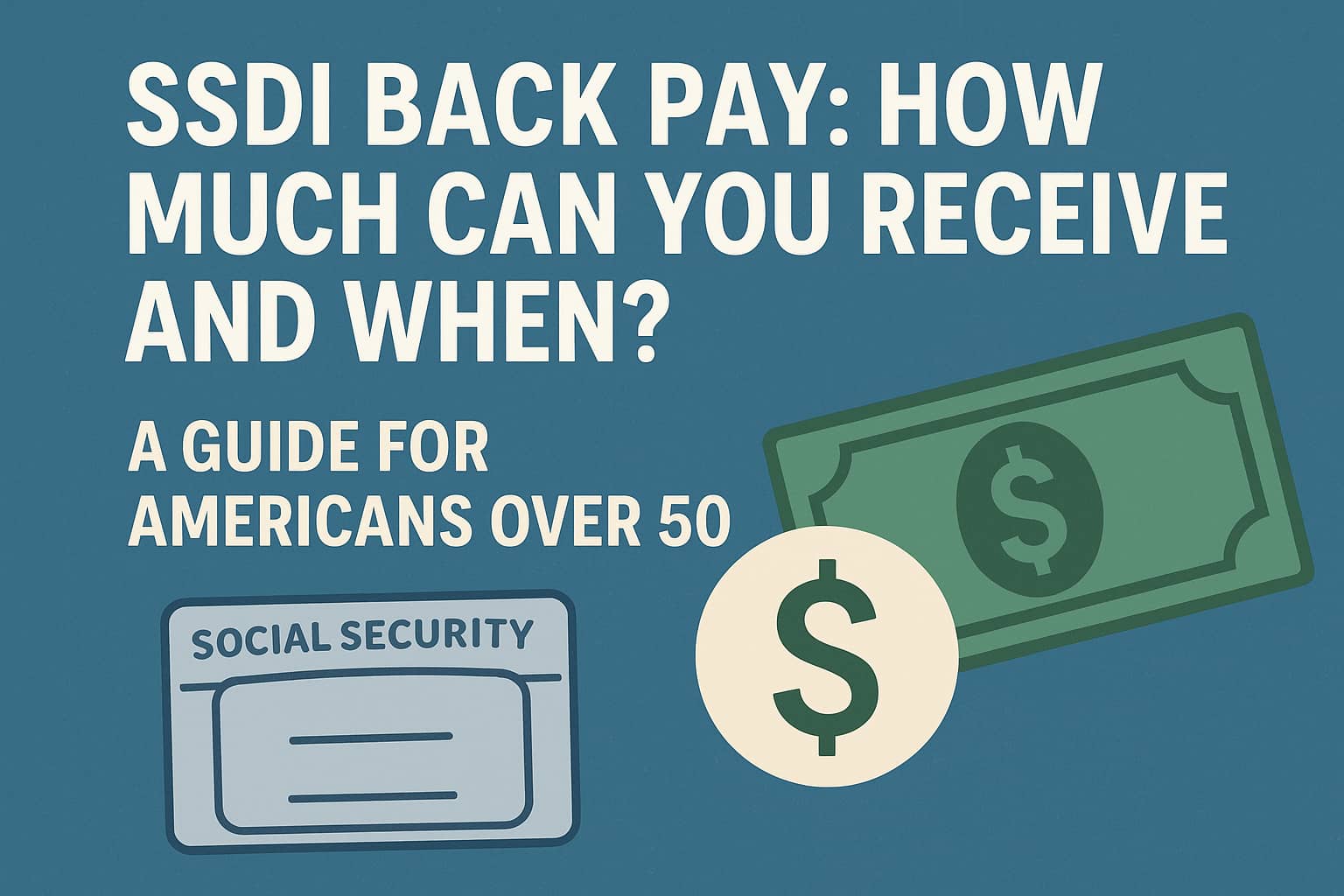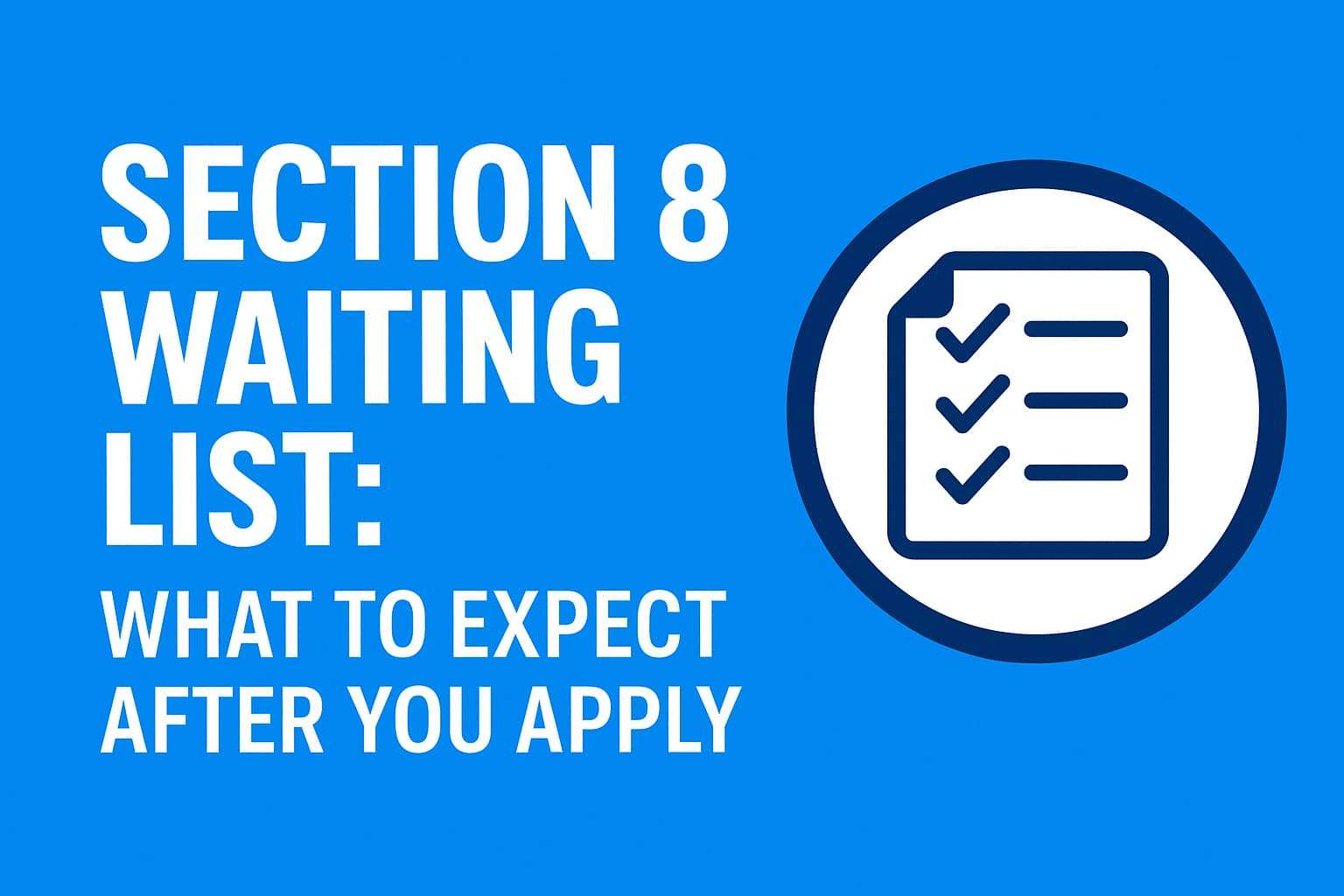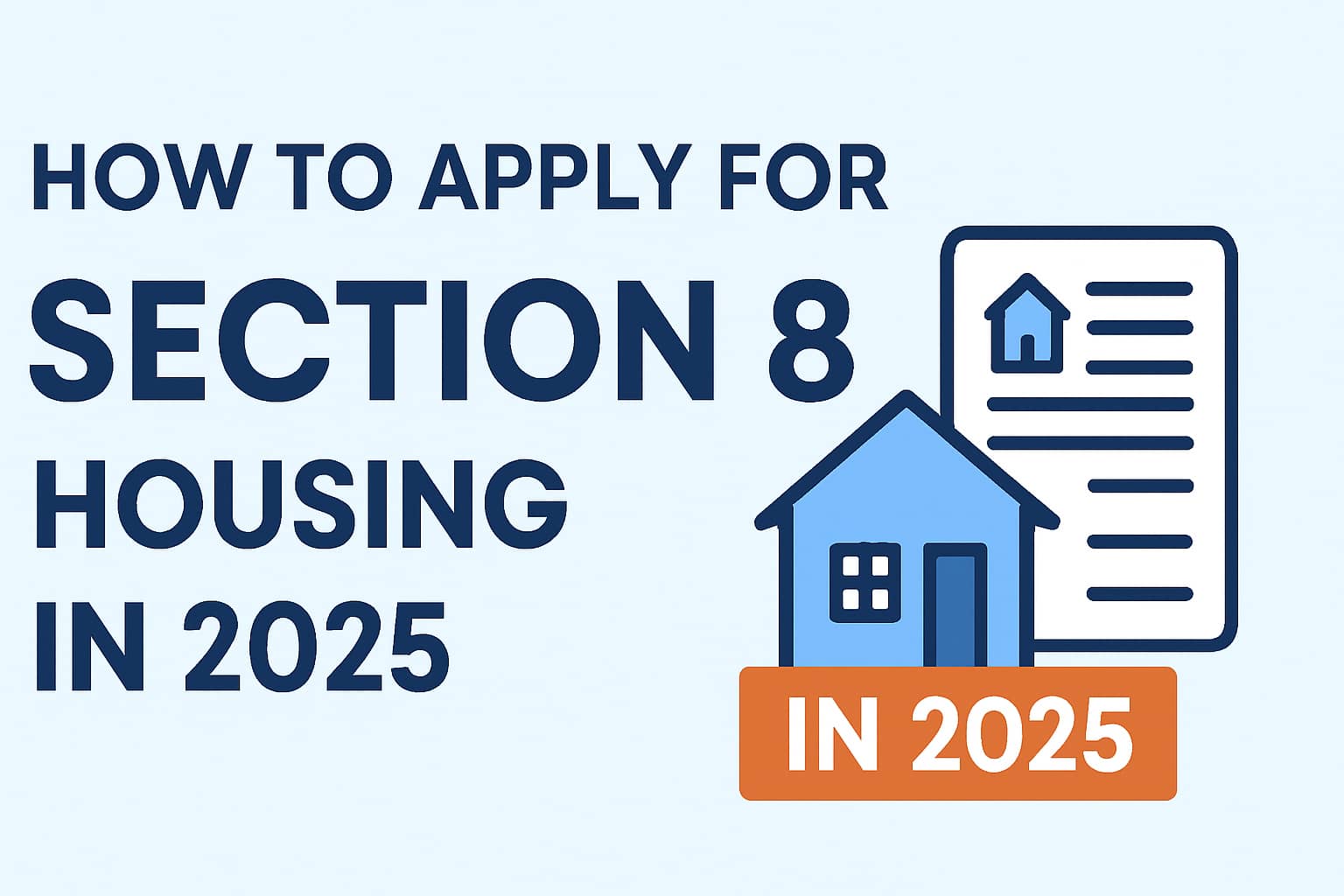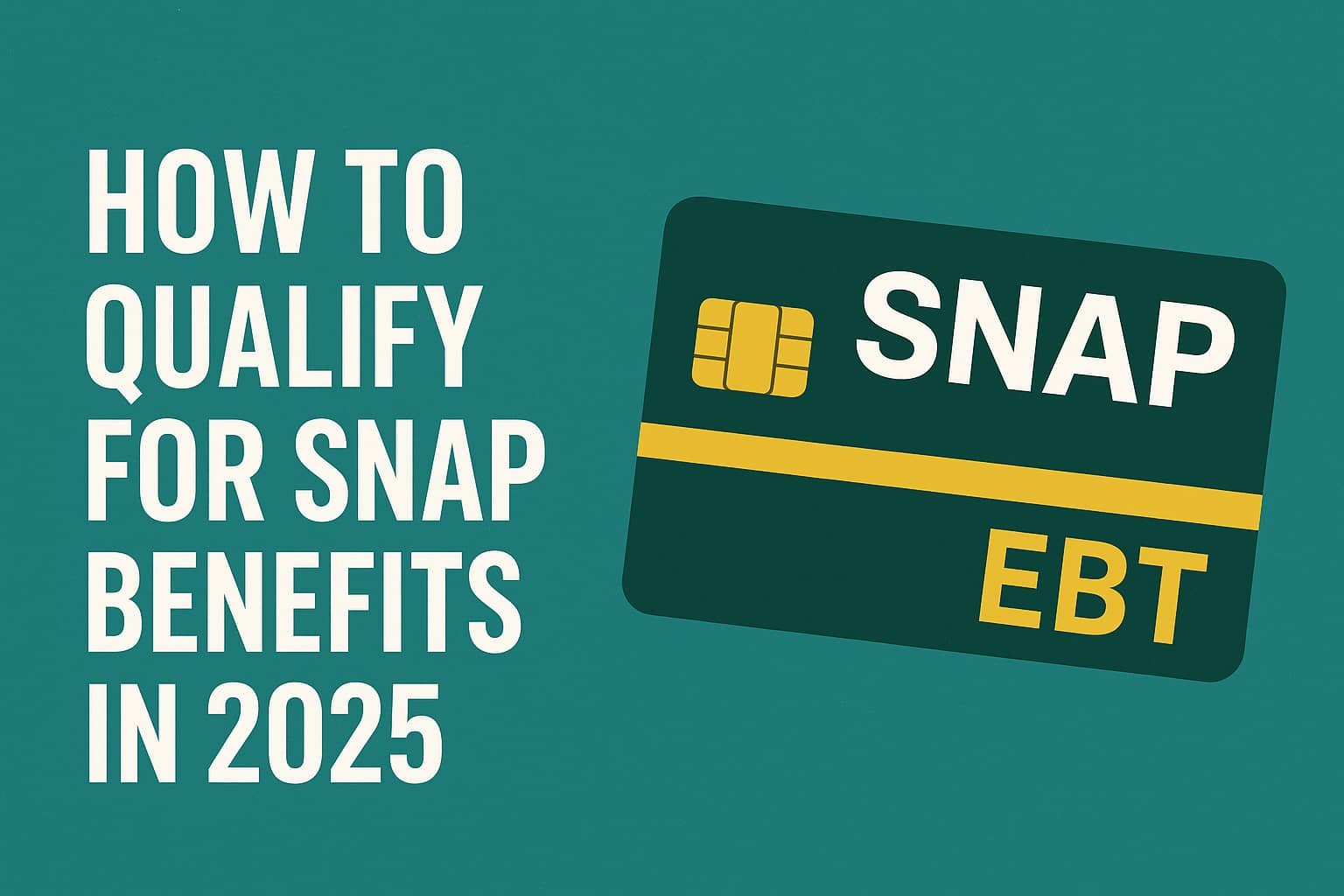
SSDI Back Pay: How Much Can You Receive and When?
September 29, 2025
For many Americans over 50, applying for Social Security Disability Insurance (SSDI) can be a lifeline when health issues make working impossible. But if your disability claim is approved, you may also be eligible for something called SSDI back pay—a lump sum payment that covers the months (or even years) you waited while your claim was processed.
Understanding how much you can receive, how the Social Security Administration (SSA) calculates it, and when you’ll actually see the money can make a huge difference in your financial planning. This guide will break everything down in plain English, so you know exactly what to expect.
What Is SSDI Back Pay?
When you apply for SSDI, the SSA rarely makes a decision right away. The process can take months—or even years—because of medical reviews, paperwork, and sometimes appeals. During this waiting time, you weren’t working, but you may still be entitled to benefits.
SSDI back pay is the money the SSA owes you for the period between your disability onset date (the date you became unable to work) and the date you were officially approved for benefits.
Think of it as retroactive compensation: the government is catching up on payments you should have received earlier.
Key Factors That Determine Your SSDI Back Pay
How much SSDI back pay you receive depends on several factors:
- Your Disability Onset Date (EOD – Established Onset Date)
- This is the official date the SSA decides you became disabled.
- It might match your alleged onset date (when you say your disability started), or the SSA may set a later date based on medical evidence.
- The Five-Month Waiting Period
- By law, SSDI has a five-month waiting period before benefits start.
- Example: If your disability began in January, payments wouldn’t start until June.
- Retroactive Benefits
- You can receive up to 12 months of retroactive benefits if you applied after becoming disabled.
- For instance, if you applied two years after becoming disabled, you might still only get one year of retroactive benefits (plus back pay for the processing time).
- Your Monthly SSDI Benefit Amount
- Back pay is based on your approved monthly SSDI payment, which depends on your work history and lifetime average earnings.
- The average SSDI payment in 2025 is around $1,537 per month, but it can range from a few hundred dollars to over $3,800 (the maximum).
Example Scenarios
To make this clearer, let’s walk through a few examples:
Example 1: Moderate Wait Time
- Disability onset date: January 2023
- Applied: February 2023
- Approved: February 2024 (1 year later)
- Monthly SSDI benefit: $1,500
Calculation:
- 5-month waiting period → no pay from Jan–May 2023
- Eligible months: June 2023 – Feb 2024 = 9 months
- Back pay = 9 × $1,500 = $13,500
Example 2: Long Wait with Retroactive Benefits
- Disability onset date: January 2021
- Applied: March 2022
- Approved: March 2024 (2 years later)
- Monthly SSDI benefit: $2,000
Calculation:
- Retroactive benefits: up to 12 months before March 2022 → March 2021–Feb 2022 = 12 months
- Back pay for processing time: April 2022–March 2024 = 24 months
- Total eligible months = 36
- Back pay = 36 × $2,000 = $72,000
Example 3: Higher Income Earner
- Disability onset date: July 2022
- Applied: August 2022
- Approved: October 2023
- Monthly SSDI benefit: $3,200
Calculation:
- Waiting period: July–Nov 2022
- Eligible months: Dec 2022–Oct 2023 = 11 months
- Back pay = 11 × $3,200 = $35,200
When Will You Receive SSDI Back Pay?
Back pay is usually issued in one of two ways:
- Lump Sum Payment
- Most SSDI recipients receive back pay as a single lump sum, deposited directly into their bank account.
- This often happens within 60 days after approval, though it can take longer depending on SSA workload.
- Installments (in rare cases)
- If your back pay is extremely large (often over $80,000), the SSA may issue it in up to three installments spread over six months.
SSDI Back Pay vs. SSI Back Pay
It’s important to know the difference between SSDI and SSI (Supplemental Security Income).
- SSDI back pay is usually a lump sum.
- SSI back pay is almost always paid in installments if it’s over $2,349 (2025 threshold).
Since this article focuses on SSDI, we’ll stick with those rules—but many people over 50 may qualify for both programs, so it’s worth checking with SSA or an attorney.
Taxes on SSDI Back Pay
Yes, SSDI benefits (including back pay) can be taxable, but it depends on your combined income (your adjusted gross income + nontaxable interest + half of your SSDI benefits).
- Individuals: If your combined income is over $25,000, some SSDI is taxable.
- Married couples: If combined income is over $32,000, some SSDI is taxable.
💡 Tip: Back pay can be taxed in the year you receive it, but you can ask the IRS to spread it over the years it was owed. This often reduces your tax burden.
Can a Disability Lawyer Affect Back Pay?
Yes—working with a disability attorney can impact your back pay in two ways:
- Earlier Onset Date – An experienced lawyer can argue for an earlier disability onset date, which increases your back pay amount.
- Attorney Fees – If you win, your attorney is typically paid from your back pay (capped at 25% of back pay, up to $7,200 in 2025).
Even with this deduction, many applicants find that attorneys help them secure larger awards overall.
What to Do With Your SSDI Back Pay
For Americans over 50, a large lump sum can be both a blessing and a challenge. Here are smart ways to manage it:
- Pay off high-interest debt (credit cards, medical bills)
- Set aside an emergency fund (3–6 months of expenses)
- Catch up on retirement savings (traditional or Roth IRA)
- Purchase long-term care insurance if you don’t already have it
- Consult a financial advisor to minimize taxes and maximize growth
Common Questions About SSDI Back Pay
1. How far back will SSDI pay?
Up to 12 months before your application date, plus any time spent waiting for approval (minus the 5-month waiting period).
2. Do I get interest on back pay?
No. The SSA does not pay interest, only the base benefit amount owed.
3. Can my back pay be garnished?
Yes, in some cases—for federal debts like taxes or student loans, or for child support obligations.
4. What happens if I pass away before receiving back pay?
Your back pay may go to eligible family members (spouse, children, or estate).
Final Thoughts
SSDI back pay can be a financial lifeline—sometimes tens of thousands of dollars owed to you after months or years of waiting. For Americans over 50, this lump sum can help stabilize retirement plans, pay down debt, or cover essential healthcare costs.
The exact amount you’ll receive depends on your disability onset date, application date, monthly benefit, and SSA rules. Most people receive their payment within two months of approval, but larger sums may be split into installments.
👉 If you’re applying for SSDI or waiting for a decision, it’s wise to consult with a disability attorney or financial advisor to make sure you’re maximizing your back pay and managing it wisely.
Disclaimer
This article is for informational purposes only and does not constitute legal, financial, or tax advice. For guidance specific to your situation, consult with a licensed attorney, financial planner, or tax professional.
FAQs
Q: Can SSDI back pay be direct deposited?
Yes, most back pay is sent via direct deposit to your bank account.
Q: How long does it take to get SSDI back pay after approval?
Most recipients get it within 60 days, but delays are possible.
Q: Will SSDI back pay affect my Medicare eligibility?
No. Medicare eligibility is based on your 24th month of SSDI payments, not your back pay.
Q: Can I use back pay for anything I want?
Yes. Unlike SSI, SSDI has no restrictions on how you spend your back pay.
Recent Posts
What to Expect After You Apply: The Section 8 Waiting List
September 29, 2025
How to Apply for Section 8 Housing in 2025 – Complete
September 27, 2025
How to Qualify for SNAP Benefits in 2025: The Complete Guide
September 27, 2025
Supplements That Help With Memory Loss in Seniors
August 10, 2025
SUBSCRIBE TO OUR NEWSLETTERS
Subscribe our newsletter for latest news, questions. Let's stay updated!





